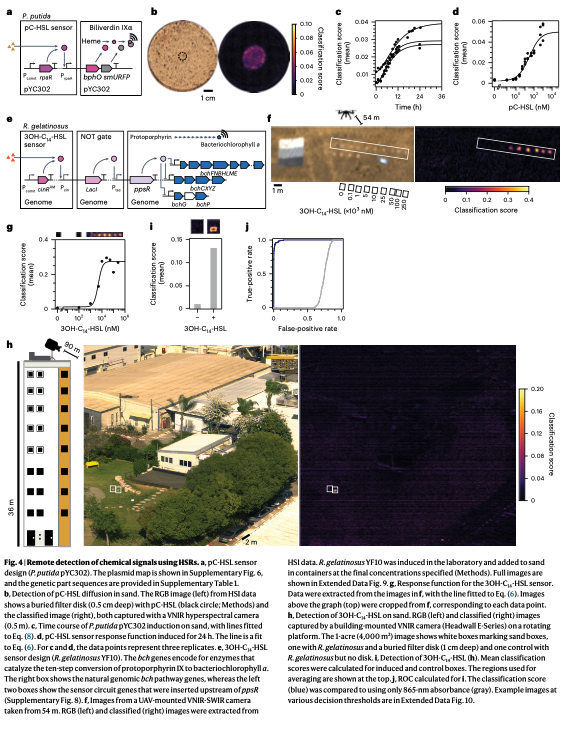
Itai Levin
@itai_levin
@mitdeptofBE PhD alum | Voigt Lab and Coley Group
ID: 1023046529261682689
28-07-2018 03:24:34
40 Tweet
365 Followers
505 Following

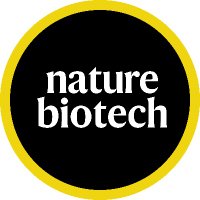
Hyperspectral reporters for long-distance and wide-area detection of gene expression in living bacteria - Christopher Voigt go.nature.com/3XRs7Ft
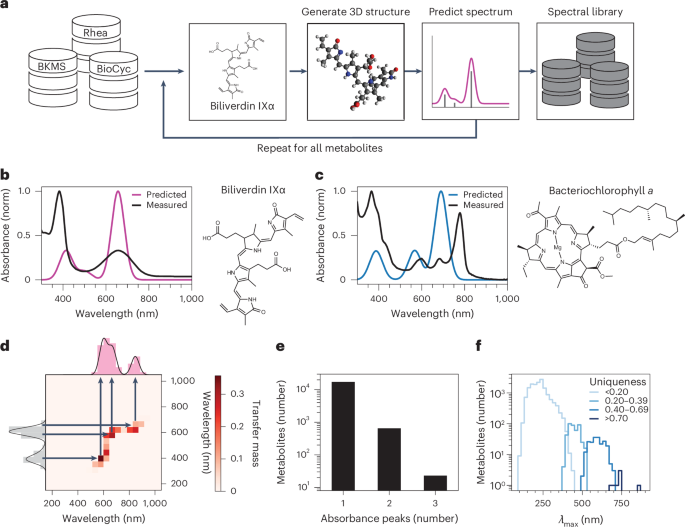
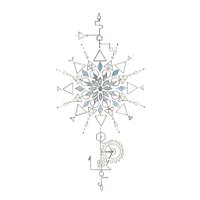

We were excited to find this work from the DARPA side. Obviously many use cases! Well done Christopher Voigt MIT Dept of BE 👏👏👏👏 More to come here…

Reading the Microbial Spectrum Chris Voigt and the Massachusetts Institute of Technology (MIT) team have developed a groundbreaking bacterial sensing system that uses engineered microbes to send colorful signals—visible from up to 90 meters away using hyperspectral cameras. read full article: synbiobeta.com/read/reading-t…
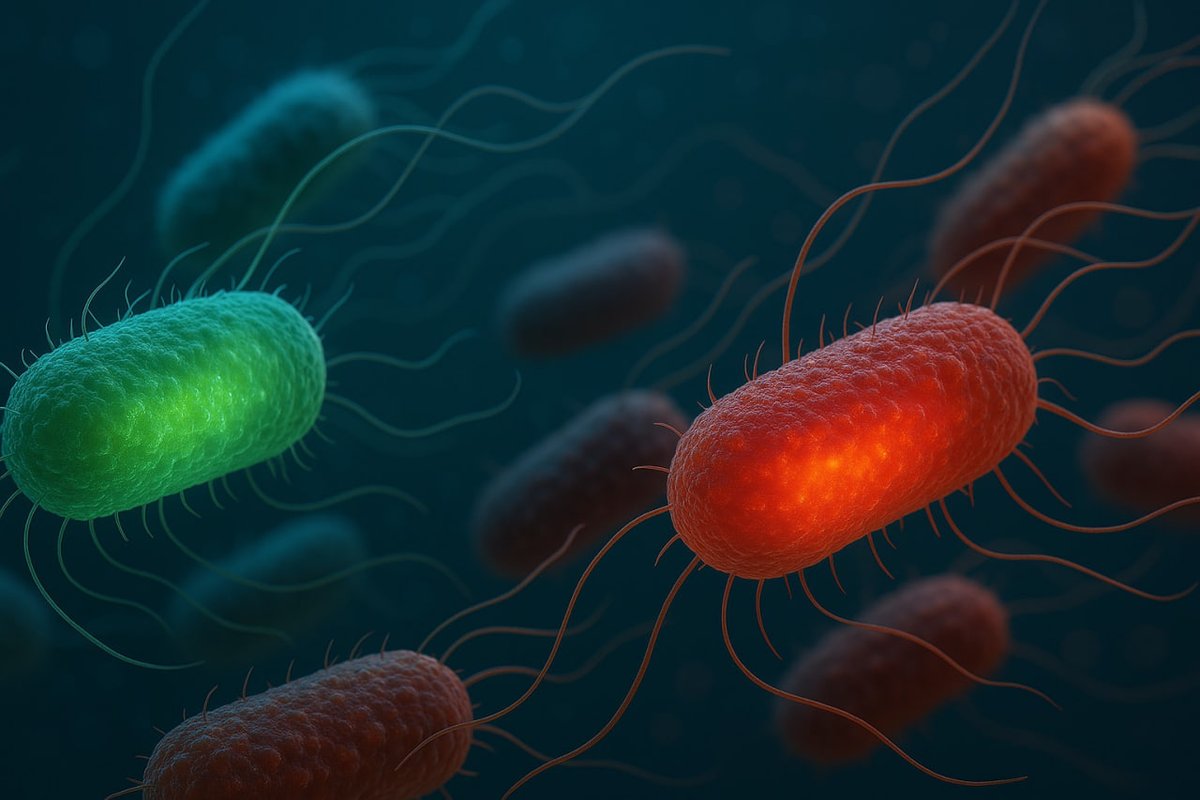




Just in time for finals 🙇♂️: a bacterium designed to live in your gut and keep you performing well with little sleep. Rachel Hopton, Ph.D. Daniel Pascal Brandon Fields #microbiome #synbio #biotech #AirForce MIT Dept of BE Massachusetts Institute of Technology (MIT) pubs.acs.org/doi/full/10.10…



Online now @ Cell is the yeast multicellular engineering paper from Fankang Meng - the fruits of his productive PhD. He developed modular synthetic biology tools to bring multicellular behaviours to yeast - adhesion, juxtacrine signalling and more. cell.com/cell/fulltext/…
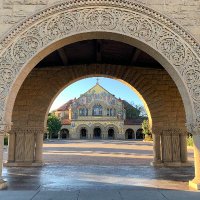
Evaluating zero-shot prediction of protein design success Gabriel Rocklin biorxiv.org/content/10.110…



Hyperspectral cameras, mounted to drones, can be used to see microbes from > 90 meters away. It's now possible to monitor microbes across entire ecosystems. My new Asimov Press essay explains how it works & regulations on releasing genetically-engineered microbes into the wild.




